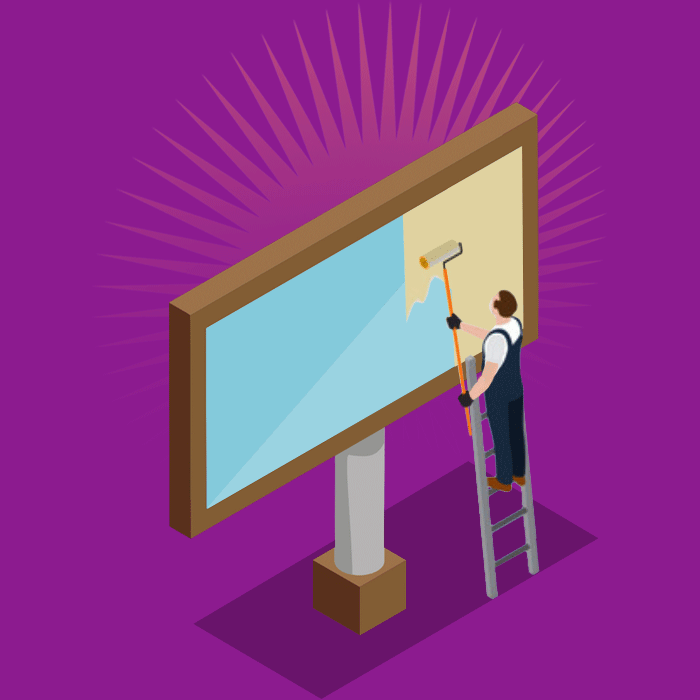
When Were Billboards Invented?
The billboard industry spans nearly two centuries, and many factors have contributed to the evolution of this sprawling advertising medium.
From the sandy roads of ancient Egypt to the bustling lanes of 15th century London, the billboard industry can trace its origins across distant lands and time. Let us focus in on a specific point in history that really lead to the fruition of billboard advertising.
1450 saw the creation of the printing press by Johannes Gutenberg, a German inventor. Gutenberg’s invention was able to mass produce pieces of paper which inevitably led to an explosion of printed media, such as books and newspaper. In 1477, a printer named William Caxton introduced the first form of printed advertisement, the handbill. What we know today as modern advertising really began with the creation of handbills, small pieces of papers given to passersby in order to promote a product or message.
As the years went by, mass printing continued to advance. We once again go back to Germany, but this time, in the year 1796 where a playwright named Alois Senefelder stumbled upon the creation of lithography. This made it easy for pieces like drawings and paintings to be duplicated. Just like how the printing press revolutionized the world of literature, lithography revolutionized the world of visual art.
At the time, lithography technology was not capable of printing with a range of rich colors; often they were black and white. But during the 1800s, color and a high print size were introduced. This led to the creation of illustrated posters, which blossomed as a means of advertising.
Before the 1830s, it was normal to see small posters plastered on walls and fences. For instance, when merchants traveled into a new town, they would put up posters advertising an assortment of goods, such as elixirs and food products. These were small advertisements, nothing too grand.
In 1835, Jared Bell began printing large format posters for circuses like the Ringley Brothers and Barnum and Bailey. Because of this, Bell is cited as the father of traditional billboards. To make sure posters were getting necessary exposure, large wooden and metal structures were erected to promote posters in high traffic areas.
Even in the modern day, the billboard industry continues to innovate. The first digital billboards were installed only several decades ago. With the ability to show multiple advertisements on one billboard, digital billboards revolutionized the world of advertising.
Keep up to date with our blog for even more fascinating topics in the billboard industry.

